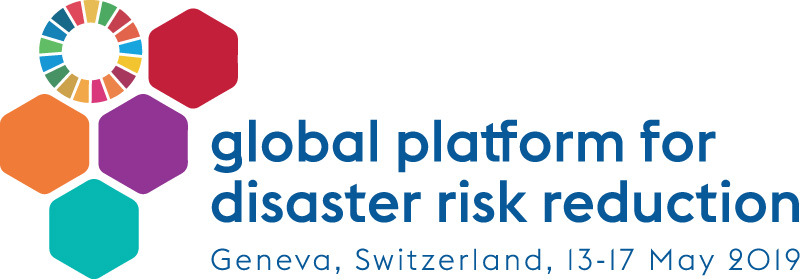Inclusive Disaster Risk Reduction Hands-on Tool
View map
- Organizer(s)
- Christoffel-Blindenmission Deutschland
- Contact
- Oliver Neuschaefer (oliver.neuschaefer@cbm.de)
The inclusive Disaster Risk Reduction Hands-on Tool (iDRRHoT) is based on Progressive Web App (PWA) platform, accessible in form of a website and as an app on any mobile device. It provides essential 'how-to' guidance about the inclusion of disproportionally at-risk groups (taking a gender, age and disability perspective) in Community-Based Disaster Risk Reduction interventions of governments, NGOs and actors involved in Disaster Riisk Reduction (DRR) and Disaster Risk Management (DRM).
It is a collection of short, action-oriented guidance (also referred as ""task cards""), which can be accessed through the search function of the app or by browsing various categories. Each card covers a distinct, relevant aspect of inclusive DRR practices in the day-to-day work of field practitioners at community level – for example how to ensure the accessibility of an emergency shelter, how to develop accessible early warning or how to organize an inclusive community meeting.
The main organizing principle of the app is that of “drilling down” from general information to more detailed piece of information and tasks relevant for the users, that will facilitate practitioners for their inclusion related work. For example, the card on “inclusive shelter"" contains, among others, links to cards covering different components of the shelter facility, like the latrine, shower, entrance etc. The card on “latrine” describes how to ensure a latrine is accessible and links to cards related to the technical specifications such as door width, accessible or types of door handles.
The tool combines the latest available knowledge and guidance on inclusive practices in DRR, using an innovative technology and organizing principle to provide field practitioners with easy to practice information. This is designed in a way that should not require any previous understanding or awareness of inclusion or accessibility. It is intuitive and easy to use in the day-to-day work of anyone, in any risk context, in any country.
